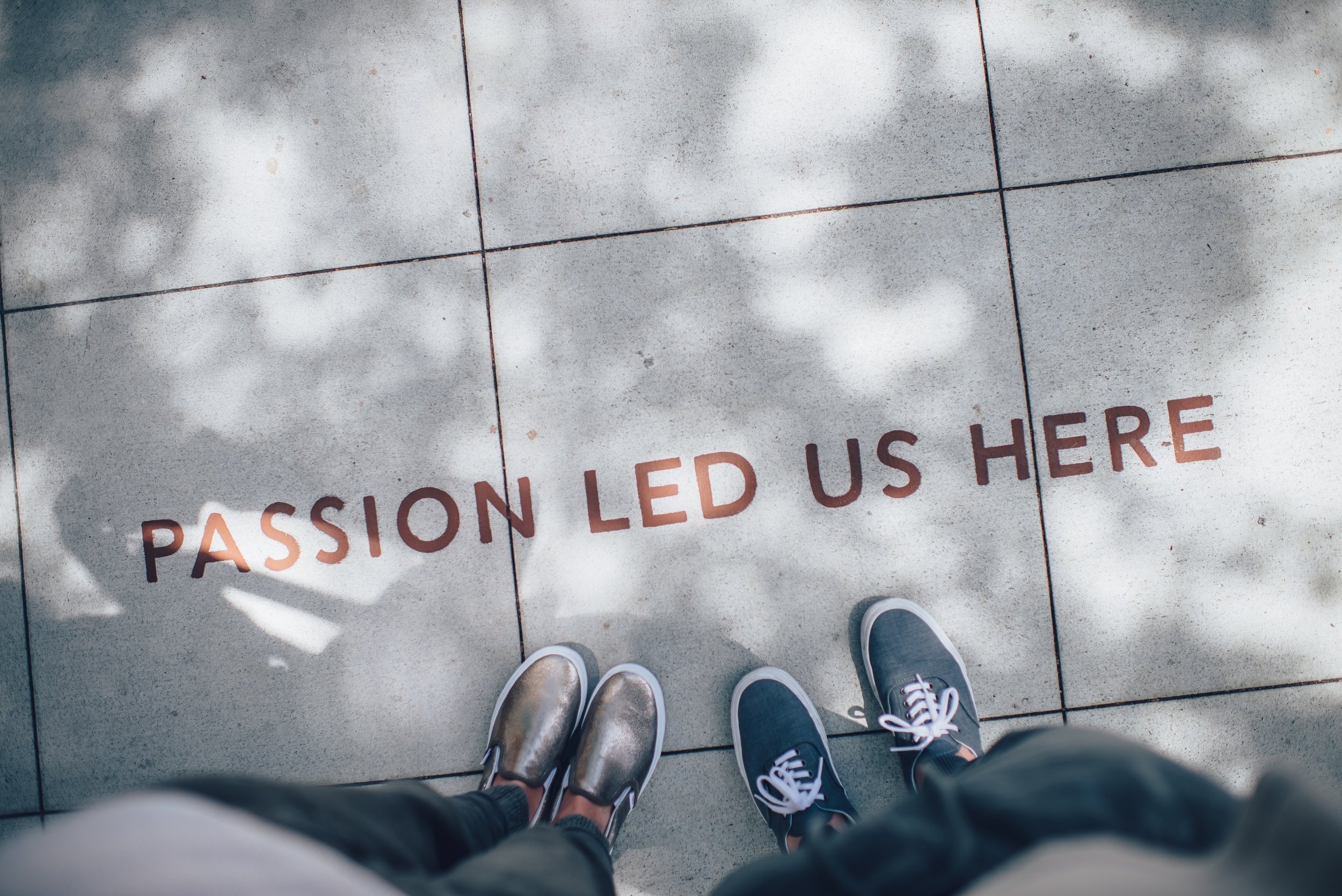We have discussed branding quite a bit on our journal because it is the major touchpoint through which customers find you and keep finding you. It is your calling card in the business world. Many in the industry have been wondering where the logo will be going next. We might be looking at the beginning wave.
This week, we are bringing up a new angle on the traditional logo that might seem a bit far-fetched or intimidating, but it might just be genius.
Have you thought about a curated brand?
What is a Curated Brand?
Have you noticed a few brands standing out lately? The age of consistent branding might be coming to a close. What will come next, you might ask? As Rory Macrae put it so well in his article: The age of the “Chameleon Brand” (Loving this term!!). In an age where everyone has their own customized desktop, cell phone, menu, and more, why should a brand appear the same to every eye? This is based on the same thinking that brings you the “share a Coke” campaign. Visually, the bottles are still very consistent with each other and the Coke brand, but each bottle is personalized in a very specific way.
Google fiddles with this idea with their doodles all the time - more specifically, every time your birthday rolls around and your google landing page is decorated specifically for you. A company that has been doing this for much longer is M&M. You have been able to get personalized M&M candies made for years! Same old recognizable chocolates but with your message stamped onto them.
Market Saturation
The market has become saturated with the same looks and feels. Not only that - we see giants everywhere, recognizable from a three-key jingle or a color. And they’ve caught on to it. So why do they need to plaster their logo across everything when its not needed?
We are gradually stepping away from the traditional logo and branding, approaching the idea that you can morph into whatever your customer wants to see. Spooky, huh? One example of this is Netflix and their specialized content. They figure out what you love and select cover art for all the other titles to be most attractive to you. They figure this out in sneaky ways.
Morphing Potential
What we are asking is: What if you could do that with your brand? How lethal would you be in your market?! This might still be a few years out, but it is definitely worth talking about. What kind of morphing would your brand be able to cope with? It might be worth taking the time to make sure you have a “morphing potential” in your base brand. If theres nowhere to go with it, it will not go far.
While we all fear change just a little bit, it is something that your business depends on. It needs to be able to grow and change right along with your customers.
If you don’t have a chameleon brand, you might need to make some serious decisions.
Here are some questions to help you figure out if your brand is
flexible and dare I say…Chameleon-y?
Do I currently have a strong branding system to utilize?
Colors, typography, graphic style, mood, visual iconography, sound/music?
Is my brand translating well across all platforms?
Does my current logo remain strong when simplified?
Spread Your Wings, Darling!
Let’s give you some morphing power
If you’re looking for a professional opinion or hoping to update your branding system, you’ve come to the right place. Begin your journey by clicking a link below. You will be put in touch with one of our expert designers.
Email us: hello@829design.com or call (916) 581-1777


























